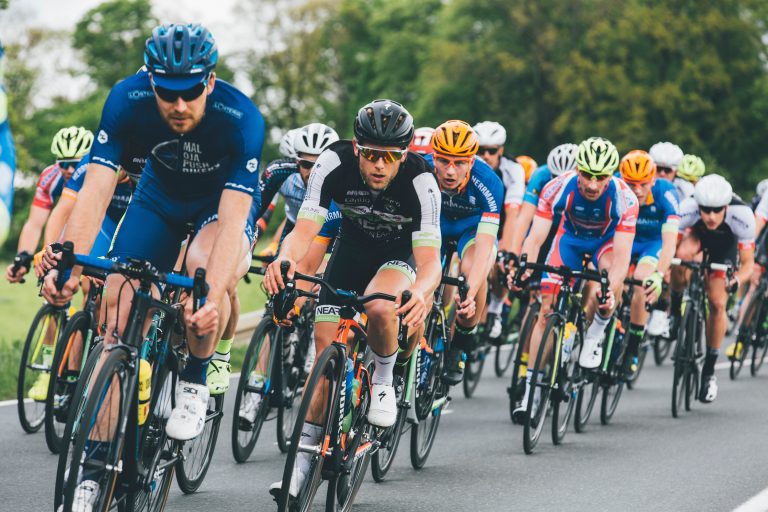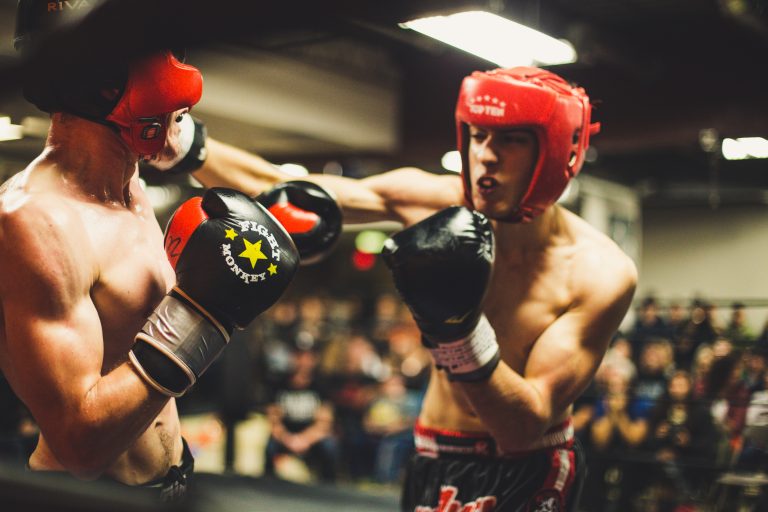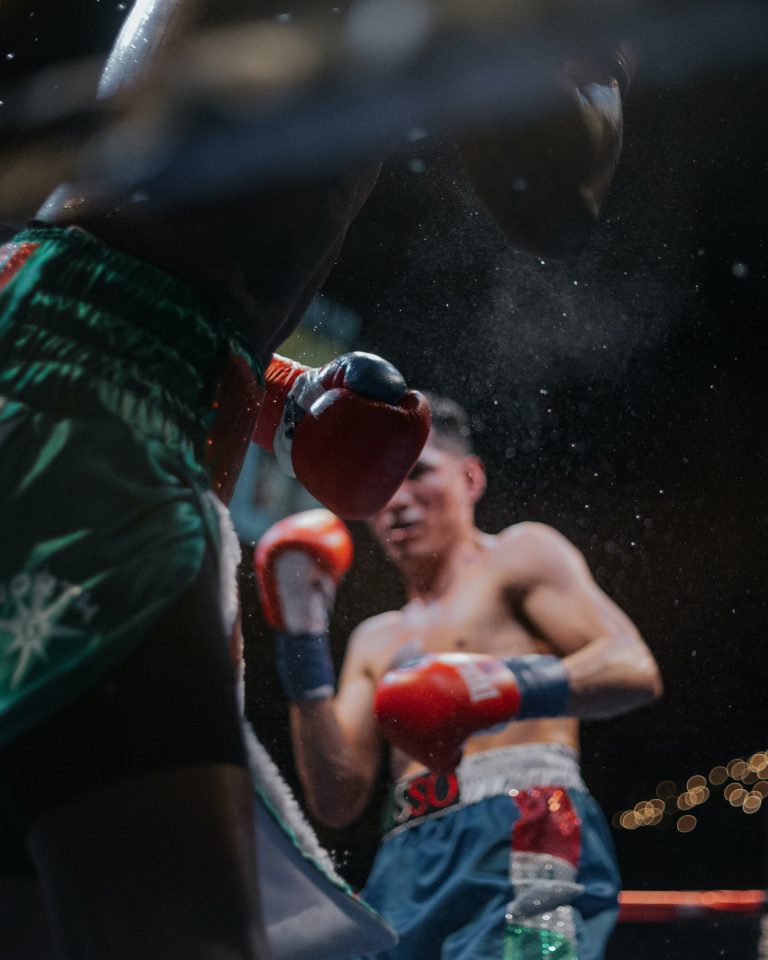Karate Cousin: A Detailed Guide on Karate as an Olympic Sport
Karate is a popular form of martial art that originated in Okinawa, Japan, during the Ryukyu Kingdom period. It involves the use of punches, kicks, strikes, and blocks to defend oneself against an opponent. In 2021, karate made its debut as an Olympic sport at the Tokyo Olympics. This blog post will provide you with a detailed guide on karate as an Olympic sport while emphasizing its essential aspects.
History of Karate as an Olympic Sport
The International Olympic Committee (IOC) included Karate in the Olympic program for the Tokyo 2020 Olympics, but due to the COVID-19 pandemic, it was postponed to 2021. The decision to include karate was based on its global popularity and its well-established organizational structure in different continents.
The karate event in the 2021 Tokyo Olympics will have eight weight categories for both men and women events. The athletes will compete in kumite (sparring) and kata (demonstration) events. This inclusion was a significant milestone for karate, which has been overlooked for decades in the Olympic program.
What is the Karate Cousin?
The Karate Cousin is a nickname given to Taekwondo in the martial arts world. Like karate, Taekwondo is a combat sport that originated in Korea, but unlike karate, it is already an Olympic sport, introduced officially in the 2000 Sydney Olympics.
Taekwondo and karate share strikingly similar techniques, such as punches, kicks, blocks, and open-hand techniques. In both sports, the athletes are expected to use speed, power, and precision to score points and win matches.
Kumite and Kata in Karate
Kumite is the sparring or fighting aspect of karate. It involves two athletes facing each other in a match, trying to score points by punching, kicking, or striking their opponent. The athletes wear protective gear, which includes gloves, a chest protector, a head protector, and a mouth guard. The match referee ensures that the athletes follow the rules while intervening when necessary.
Kata, on the other hand, is the demonstration aspect of karate. It is a pre-arranged sequence of movements that showcase a range of techniques, including kicks, punches, and blocks. Judges evaluate the kata based on the athletes‘ precision, speed, power, and balance, among other critical aspects.
Rules of Karate in the Olympics
The karate event in the Olympics is run under the rules of the World Karate Federation (WKF). For the kumite events, the athletes wear a white or blue karategi, with the colors on the sleeves indicating which athlete is red or blue. The match is three minutes long, with the athlete with the most points at the end of the time declared the winner.
The kata event, on the other hand, is an individual event, with the athletes performing a specific kata sequence. The judges award points for each performance based on the athlete’s technique and execution.
The Benefits of Karate as an Olympic Sport
The inclusion of karate as an Olympic sport comes with several benefits. Firstly, it provides a platform for karate athletes to showcase their skills and discipline in front of a diverse global audience. Moreover, it raises the profile of karate as a martial art and a sport, attracting more young people to take an interest in the discipline.
The inclusion of karate also helps various karate federations to receive more recognition and funding from their respective governments. Furthermore, it creates an opportunity for karate to expand its reach and develop more athletes and coaches who can represent their countries and compete at the highest level.
Frequently Asked Questions About Karate Cousin – An Olympic Sport
Karate Cousin, which is popularly known as Karate, is a form of martial art and combat sport. It involves the use of kicks, punches, and various other striking techniques. It is not just an art form but also an Olympic sport that is played globally by many sports enthusiasts. Here we answer some of the most frequently asked questions about Karate Cousin and its status as an Olympic sport.
1) What is Karate Cousin
Karate Cousin is a form of martial arts that originated in Okinawa, Japan. It involves a wide range of kicks, punches, throws, and grappling techniques. It is a popular form of self-defense, physical fitness, and sport worldwide. Karate Cousin has three main styles – Shotokan, Goju-Ryu, and Shito-Ryu. It is known for its discipline, focus, and precision in techniques.
2) Is Karate Cousin an Olympic Sport?
Yes, Karate Cousin is currently an Olympic sport. It has been accepted as an Olympic sport since 2016, and it will make its debut in the Tokyo 2021 Olympics. It will feature two disciplines: Kata, which involves performing solo movements of offense and defense, and Kumite, which is a sparring competition between two opponents.
3) What are the rules of Karate Cousin?
The rules of Karate Cousin are set by the World Karate Federation (WKF). In Kumite, a match consists of three-minute rounds. Points are scored by landing precise strikes on designated areas of the opponent’s body, and the athlete with the most points at the end of the round is declared the winner. In Kata, athletes perform choreographed movements that simulate a fight against imaginary opponents which are then scored by a panel of judges.
4) How is Karate Cousin different from other martial arts?
Karate Cousin is different from other martial arts in various ways. It emphasizes striking techniques over grappling techniques, unlike Judo or Brazilian Jiu-Jitsu. Karate Cousin places a strong emphasis on discipline, respect, and tradition. Its movements are characterized by precise, measured, and focused strikes. It also has three main styles, whereas other martial arts may have more styles.
5) What are the benefits of practicing Karate Cousin?
Practicing Karate Cousin has numerous benefits, both physically and mentally. It helps to build strength, flexibility, and cardiovascular endurance. Karate Cousin can also enhance coordination, balance, and reaction time. Moreover, Karate Cousin is known to promote discipline, self-control, and respect for oneself and others.
6) Is Karate Cousin dangerous compared to other contact sports?
Karate Cousin is a contact sport, and like all contact sports, there is a risk of injury. However, the risk of injury in Karate Cousin is relatively low compared to other contact sports, such as football, rugby or soccer. This is because Karate Cousin emphasizes control, precision, and technique. Athletes are trained to avoid striking with excessive force or harming their opponent.
7) What is the future of Karate Cousin as an Olympic sport?
It is unclear what the future holds for Karate Cousin as an Olympic sport beyond the 2021 Tokyo Olympics. The decision to include Karate Cousin in the Olympics was initially made for the Tokyo Games, and there is no guarantee that it will continue to be included in future Games. However, the growth and popularity of Karate Cousin continue to rise worldwide, which may improve its chances of being included in future events.
How to Master Karate as an Olympic Sport
Karate originated in Japan and is now practiced all over the world. The sport is also an Olympic event with a variety of different categories. Karate involves a lot of physical training, mental focus, and discipline. It requires a thorough understanding of various techniques, stances, and movements. If you are interested in learning Karate and mastering it as an Olympic sport, then follow these steps below.
Step 1 – Choose the Right Style of Karate
Karate has different styles, and it’s essential to choose the one that interests you and is best suited to your physical ability. Some of the popular styles include Shotokan, Goju-ryu, Shito-ryu, Wado-ryu, and Kyokushin. Do some research on each style to determine which one appeals to you the most.
Step 2 – Find a Qualified Instructor
The next step is to find a qualified instructor who has experience in teaching Karate as an Olympic sport. Look for a professional trainer who has a good reputation and has been certified by a reputable organization. You can check with your local Karate club or search online for an instructor in your area.
Step 3 – Learn the Basics
Karate requires a lot of practice and discipline. It begins with learning the basic techniques, stances, and movements. Your instructor will teach you everything you need to know, starting from the most basic, such as how to make a proper fist, how to stand, how to move, and how to block.
Step 4 – Train Regularly
Karate requires regular training to improve your skills continually. You must practice your moves and techniques regularly to improve your strength, speed, and accuracy. Regular training will also help you build your confidence and mental focus, which is vital in Karate.
Step 5 – Participate in Competitions
Once you have gained enough training and experience, participate in competitions to test your skills. Competitions are a great way to gain experience and exposure to different styles of Karate. Participating in competitions will also help you gain confidence and allow you to meet other karatekas, which can be rewarding.
Step 6 – Focus on Mental Strength and Discipline
Karate is not only about physical strength, but also about mental strength and discipline. Mental strength and discipline are essential for developing your focus, persistence, and self-control. Practicing Karate regularly will help you develop these qualities, which will translate into other areas of your life.
Conclusion
Karate is a great sport that requires dedication and continuous practice. It can be challenging at first, but with the right instructor, training, and discipline, you can master it as an Olympic sport. Start by selecting the right style, finding a qualified instructor, and learning the basics. Remember to train regularly, participate in competitions, and focus on your mental strength and discipline. With these steps, you will be on your way to mastering Karate as an Olympic sport!
Inhaltsverzeichnis






